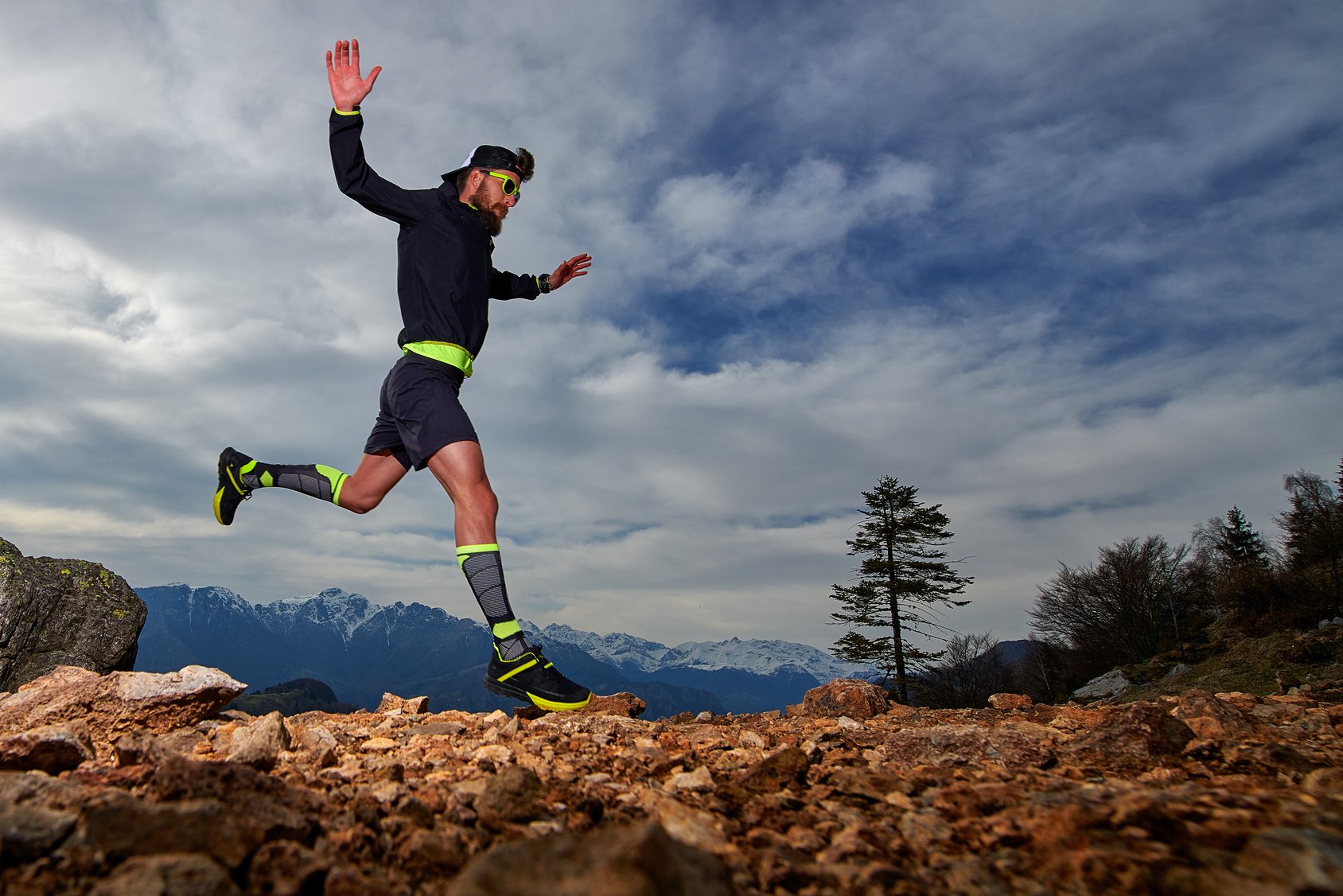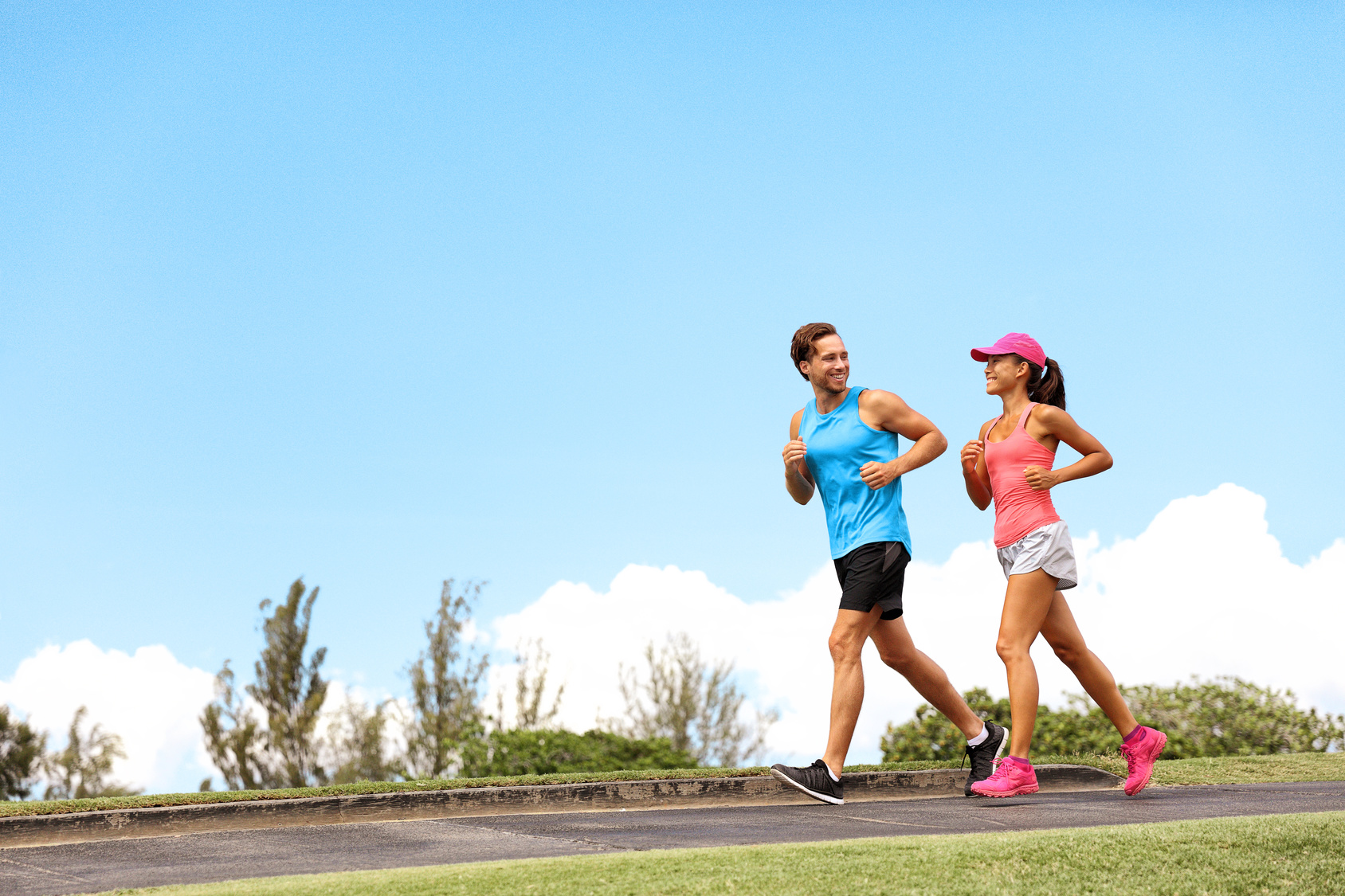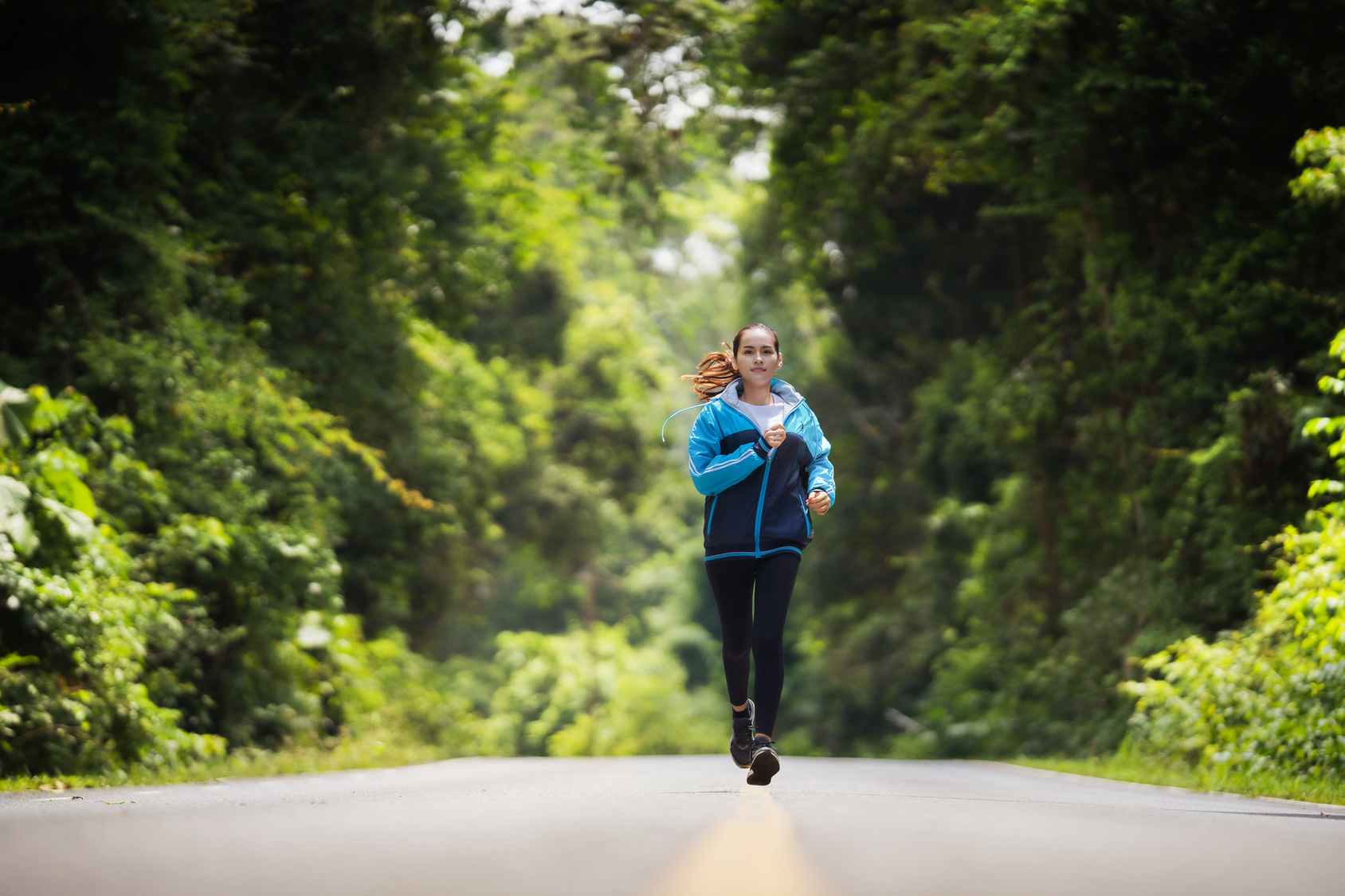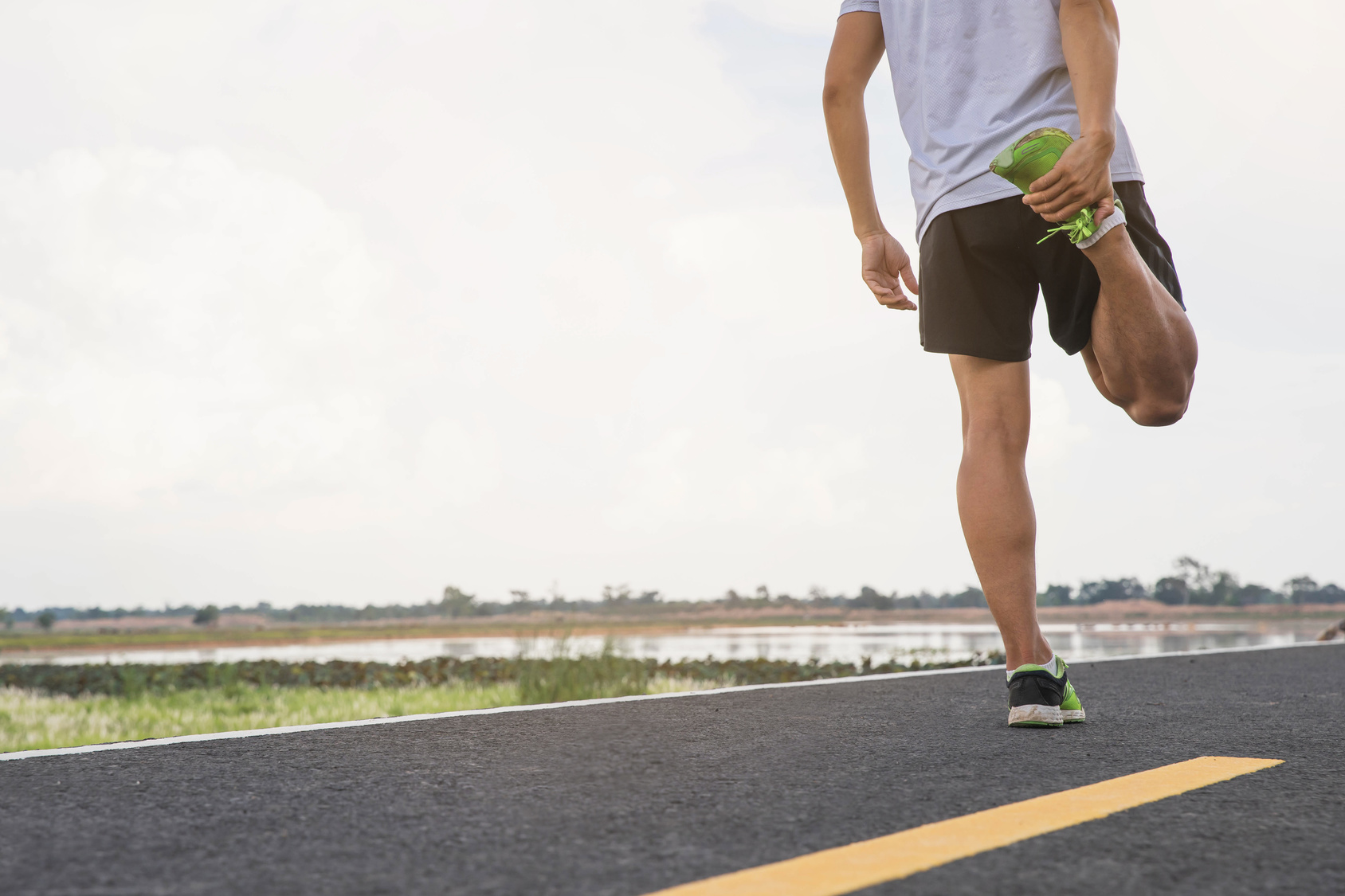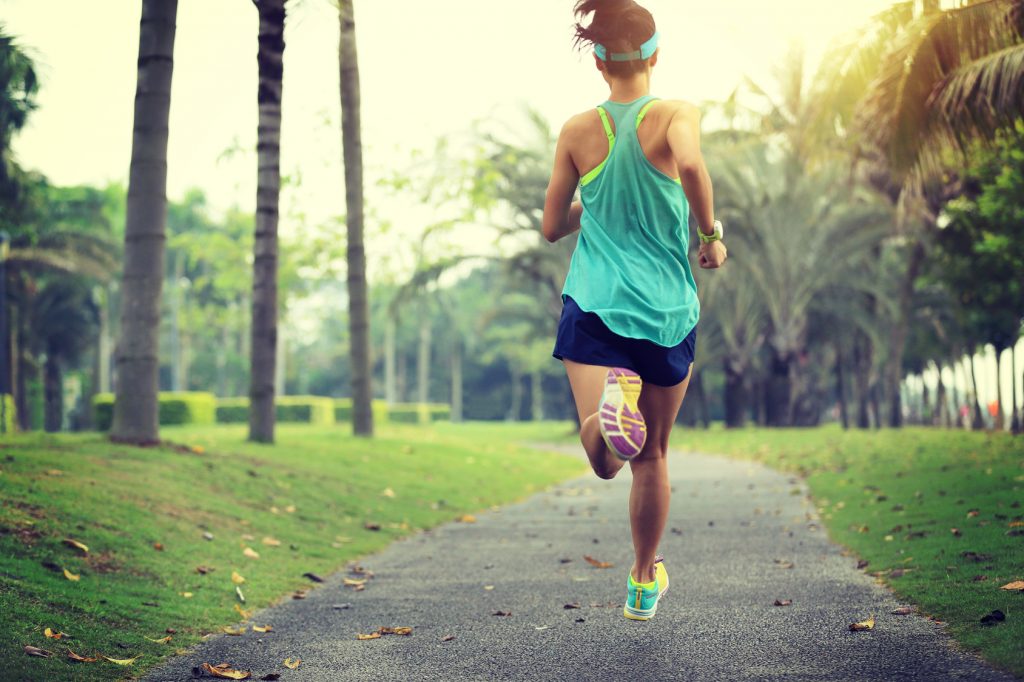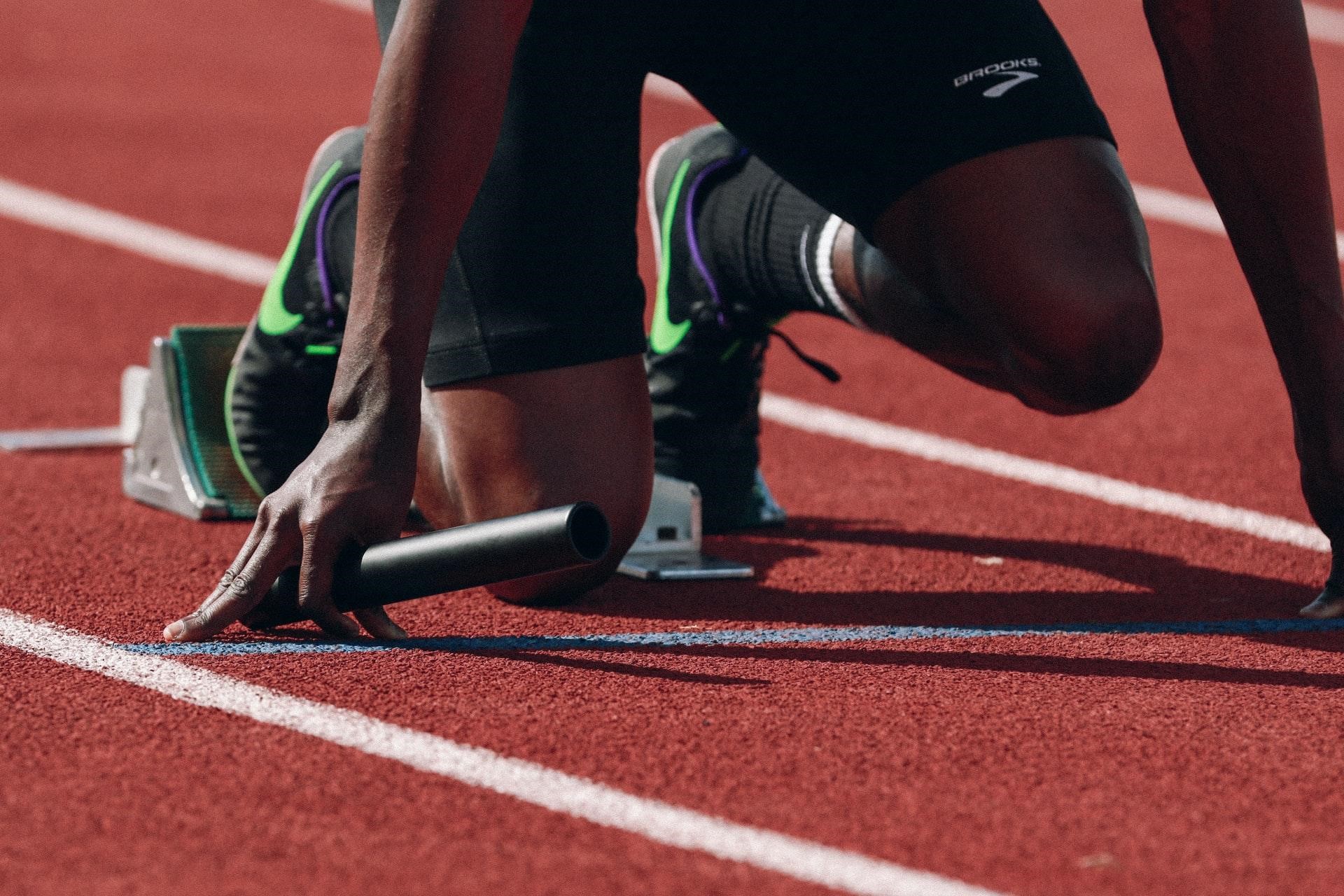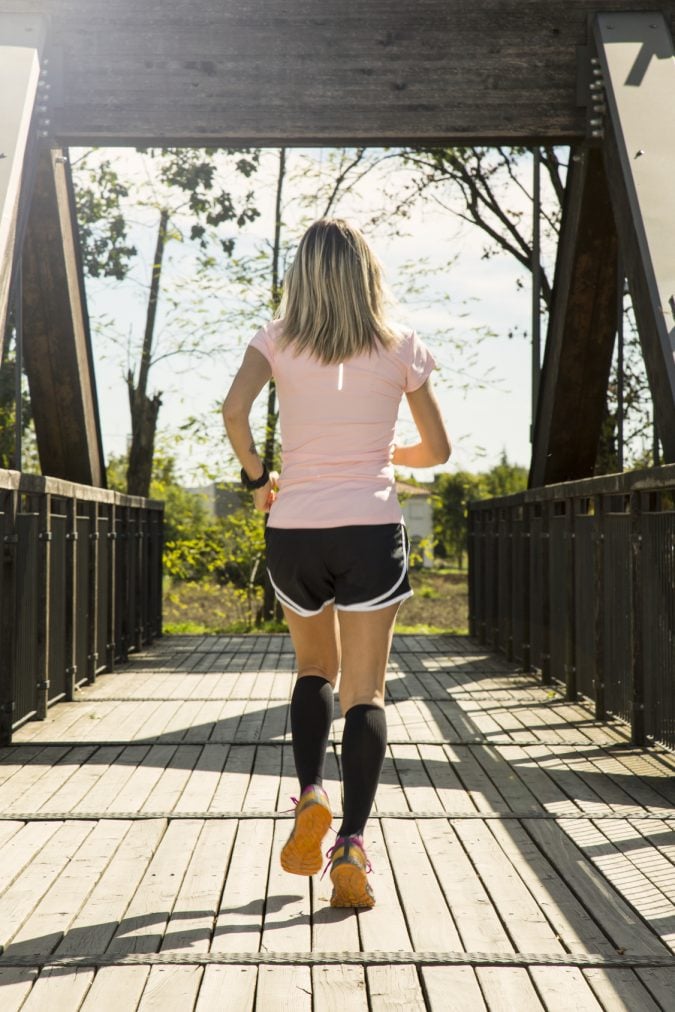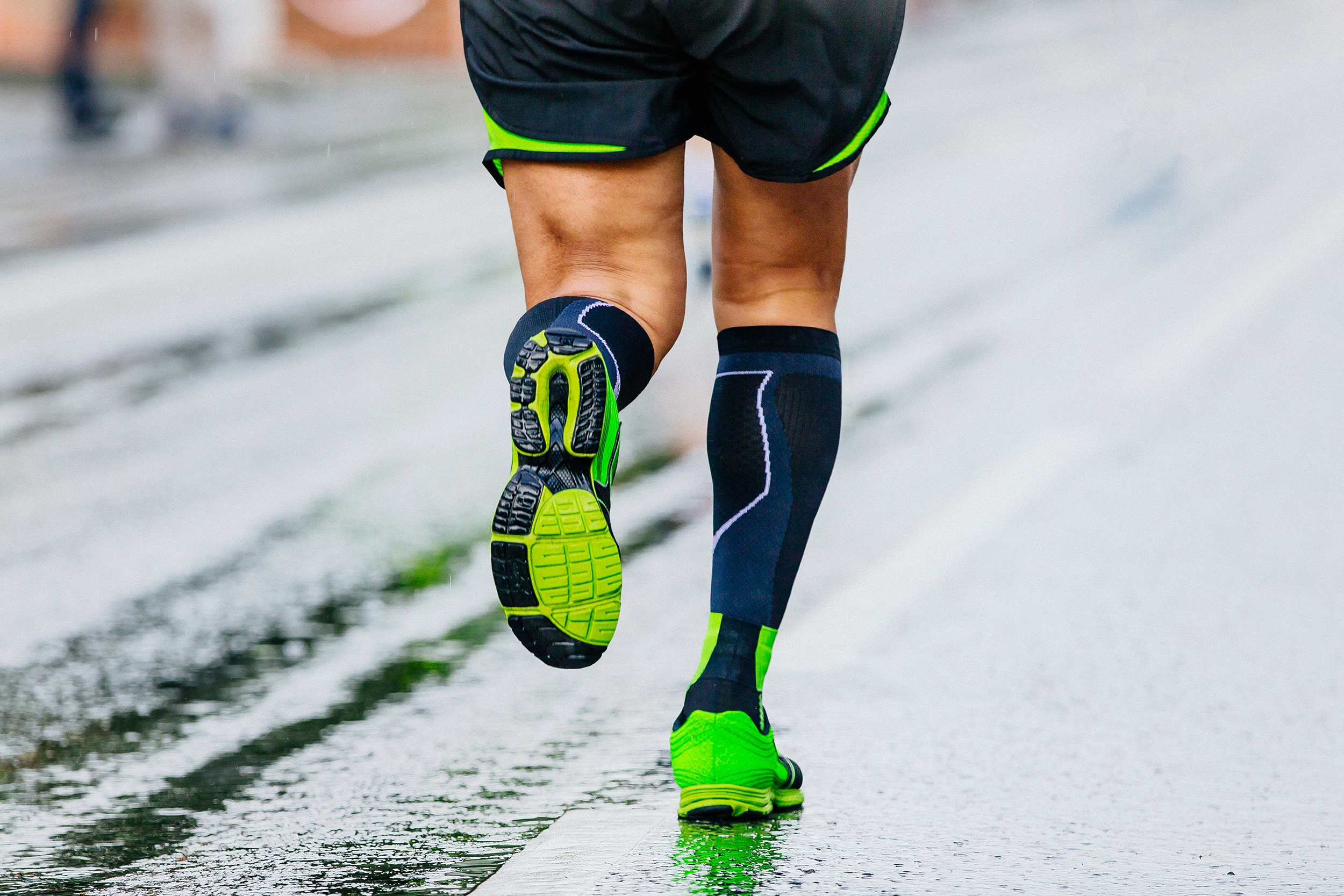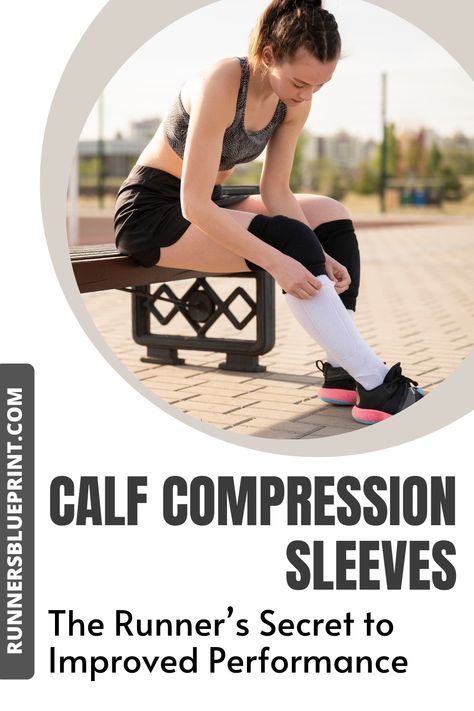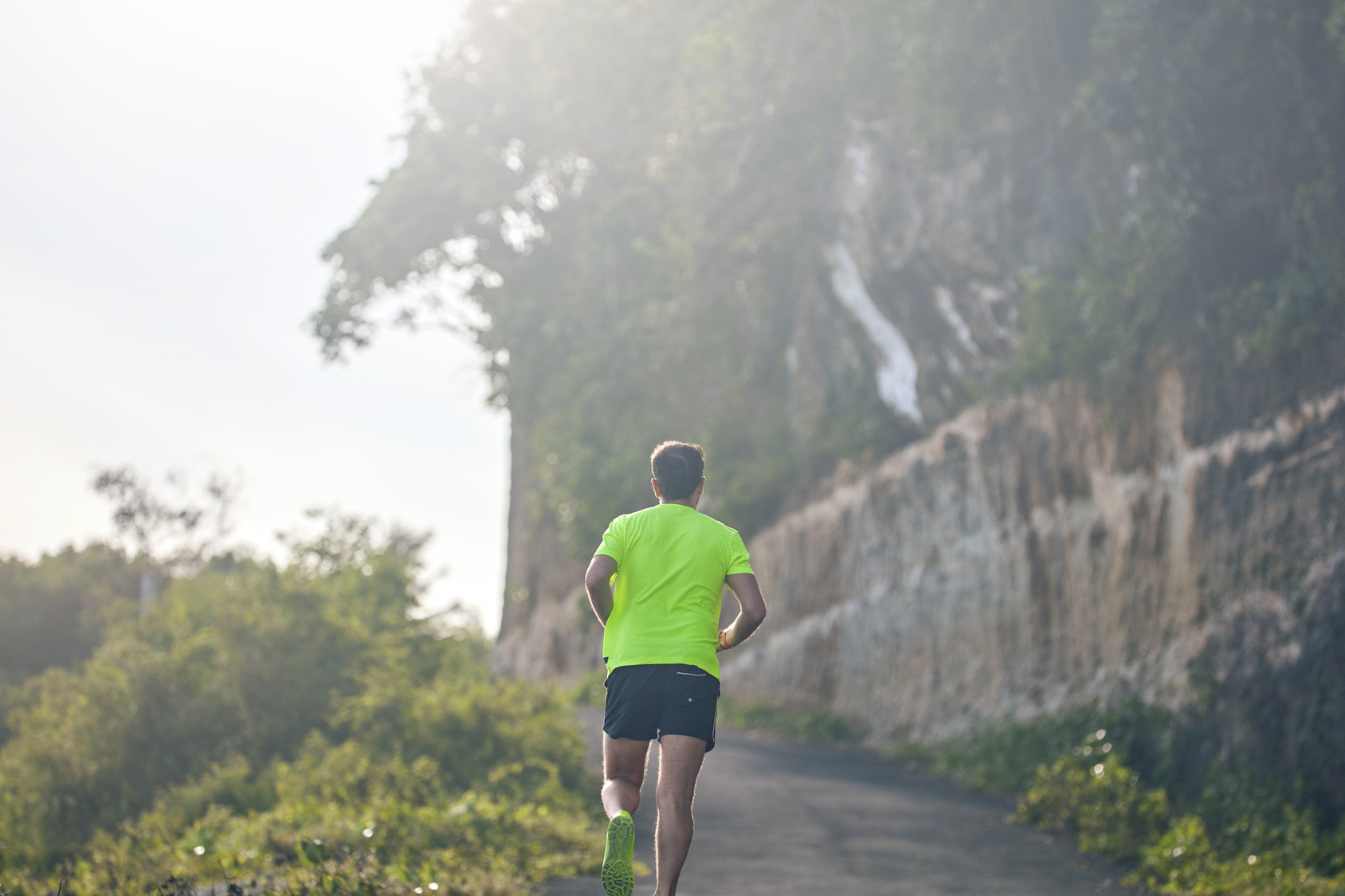Looking for some advice on how to choose the ideal running shorts?
Then you have come to the right place.
Running shorts are a key part of your running wardrobe. They not only keep you comfortable and dry by wicking sweat away but also give you a sense of style.
In fact, choosing the right pair of running shorts can mean the difference between making the most out of your runs or calling it quits a couple of miles in.
However, thanks to the different styles, designs, materials, and lengths, choosing the right running shorts can be tricky.
Worry no more.
Today’s article is the ultimate guide to choosing running shorts. More specifically, it delves into what to consider when it comes to short size, type, fabric, and little additional functions and features.
Sounds exciting?
Let’s dig in.
What Are Running Shorts?
Running shorts, as the name implies, refers to a specific type of shorts mainly used by runners. These are designed with performance, movement, and moisture management in mind.
Sure, picking the wrong shorts won’t cause nor contribute to any serious injury, but even minor irritations can annoy the hell out of you.
In fact, run in the wrong shorts, and you’ll experience all sorts of wedges, chafing, and riding up.
There are many features that differentiate between various styles of running shorts. These include the fabrics they’re made of and what materials are used, their length, whether they have a compression layer or lining underneath, etc.
All in all, your personal preferences and training type will decide the style of short best suited for your needs.
So whether you tackle technical terrains, hit the smooth running track, or pound the pavement around your neighborhood, there’s a pair of running suited perfectly for your needs.
The best running shorts featured the most breathable and lightest materials and came with the finest moisture-wicking and anti-microbial properties.
These can also withstand several weekly washes without shrinkage.
What’s more?
You’ll be paying an extra for a proper pair of running shorts, but you’re paying for quality—and you can’t put a price on quality, right?
Length Of Running Shorts
So what’s the ideal running short length?
Simple: It really depends on your personal preference. No suit—or running short—fits all. Running shorts are offered in a range of lengths, starting with the very short 1” and extending to 7”. The difference lies in the inseams, which is basically the length of the shorts.
Let me explain.
- Short Length (3-inch inseam) – Short running shorts finish up the thighs and provide the best range of movement and ventilation while running—making them the go-to option for any serious competitive runner.
- Medium Length (3-inch inseam) – When the short shorts are too short, and the longer ones are too long, the middle style is your best—and only—option. This style also suits various activities, especially for runners who often vary training from trail to track.
- Long Length (7-inch inseam) – The long style works well for unpredictable weather, as well as running off-road, providing protection against the sun and the debris. No more insect bites and ticks.
Materials
Running shorts comes in a variety of fabrics, which can be broken down into two main categories: synthetic fibers and natural fibers. Each has pros and cons.
Synthetic fiber shorts are constructed of technical materials that blend different fabrics, like elastane, polyesters, spandex, and nylon.
These shorts offer proper fit, stretch, and moisture-wicking properties. Synthetic fiber garments tend to also be more durable and hold up well to wear and tear and constant use.
On the other hand,
Running shorts made with natural fibers may provide more movement freedom stretch.
However, these have their own downsides. For starters, natural fabrics may not manage sweat well, which can cause chafing.
What’s more?
These do not hold up very when used frequently in high heat, causing them to break down faster than shorts made with synthetic materials.
My recommendation?
Choose synthetic fiber that will allow for your skin to breathe, which draws the sweat away from your body, keeping you dry and comfortable.
These synthetic fabrics help wick the moisture away from your body, which can help it evaporate faster and keep your body cool and comfortable while exercising. Lycra, polyester, polypropylene, and spandex as well ass short that contain SUPPLEX or COOLMAX fibers, are all good options.
Additional resource – Compression leggings for running
Say No To Cotton
When it comes to running clothing, the golden rule is to never run in cotton fabric—running shorts are no exception.
If your running shorts hold on to moisture while exercising, they’ll soon turn into a nightmare during training.
Running shorts made from cotton will absorb sweat and hold onto the moisture, leaving you cold and uncomfortable.
Of course, cotton fabric tends to stink less than synthetic materials, but cotton literally soaks up every once of sweat, setting the stage for discomfort and chafing.
So, instead of going for cotton, and as I just explained, you’re better off using moisture-wicking materials that help you keep cool and allows heat to escape.
Otherwise, you’ll be really uncomfortable. And it’s not really nice. At. All.
What’s more?
Damp clothing is also the perfect environment for bacteria to grow, especially when used for long periods of time.
Liners and Seams
Running shorts feature a liner for one main reason: so you won’t have to wear underwear.
The liner is designed to keep your well ventilated and fresh while logging the miles. This is especially the case during long-distance, where the continuous movement combined with the build-up of sweat can result in chafing.
To make the right decision, choose liners made with high-performance fabrics such as Coolmax. Lightweight liners like this offer more support, preventing chafing.
Running Shorts Types
Running shorts can be divided into three styles: compression, v-notch, and split shorts. The style regulates the fit, length, and leg seam.
Let’s explain each one.
Compression Shorts
Made mainly from spandex, compression shorts have gathered a lot of steam over the past few years. These are like your standard cycling chamois minus the padding. These fit tight to the body, like spandex.
Compression shorts tend to be warmer, offer more muscle support, and more importantly, work great for preventing chafing, thanks to the lack of loose, moving fabric.
Again, the length of compression shorts depends on your personal comfort. And tends to vary between men’s and women’s styles.
Men’s style falls roughly mid-thigh to knee length and are usually worn under a looser short. Women’s style is a lot shorter, with as little as 1” inseams to mid-thigh length
V-Notch Shorts
As the name implies, V-notch shorts are named after the upside-down v-shaped cutout on the outer leg seams. This cutout provides a superior range of movement compared to the absence of an indent.
What’s more?
These shorts feature a looser fit compared to the snug fit of compression shorts.
Split Shorts
Can’t tell the difference between split shorts and v-notch shorts? It’s not your fault
While the V-notch is a simple cut, the split design is sewn by overlapping the front panel over the back.
By far, split running shorts offer the greatest range of movement to the runner.
What’s more?
The split differs in length, ranging as high as the waistband to roughly a one-half-inch split. Pick the one that best suits you. The higher the split, the more the shorts’ panels open up, granting more freedom to your legs.
Visibility
If you’re running somewhere where visibility is a problem, this is definitely a feature you should pay attention to.
Running shorts with lighter colors and those with reflective details provide more visibility. Therefore, more safety, for running at night.
Sun Protection
If you’re looking for more UV protection while running outdoor, choose a pair that has an ultraviolet protection factor or SPF.
Sunlight contains rays of ultraviolet radiation, which can cause a plethora of skin issues, such as sunburn, premature aging, and skin cancer.
However, opting for clothing that features Ultraviolet Protect Factor (UPF) offer some protection against UV radiation and reduce your overall level of UV exposure. UPF is the rating system used for attire.
Just like SPF or Sun Protection Factor, the rating system used for sunscreen products. The higher the UPF rating, the better sun protection.
I’d recommend clothing that features UPF 50+, which is the highest-rated UPF certification and blocks out roughly more than 98 percent of UVA and UVB rays.
Just keep in mind that clothing with UPF is not a replacement for wearing sunscreen. Instead, remember to lather on plenty of sunscreen whenever you’re planning to spend time outdoors under the sun, especially during the summer.
Pockets
The best running shorts feature a small zip pocket sewn to the waistband. If you can get a pair like that, then go for it.
Some of these pockets are only large enough to hold a key, while others may be to hold your phone.
The extra cost of getting running shorts with a pocket is worth it as it will allow you to easily store and access your phone, gels, iPods, or whatever you need during your runs.
Conclusion
There are many elements to consider when choosing the best running shorts for your needs and personal preferences.
I know it’s a lot to digest from one go, so take your time.
Please feel free to leave your comments and questions in the section below.
In the meantime, thank you for dropping by.
David D.

